Machining thin-wall aluminum alloy parts has become increasingly important as industries strive for lightweight and efficient components. However, this endeavor has challenges, including considering residual stresses and the intricacies of the machining process. In this article, we will explore the specific difficulties encountered in machining these parts and provide insights into how to overcome them.
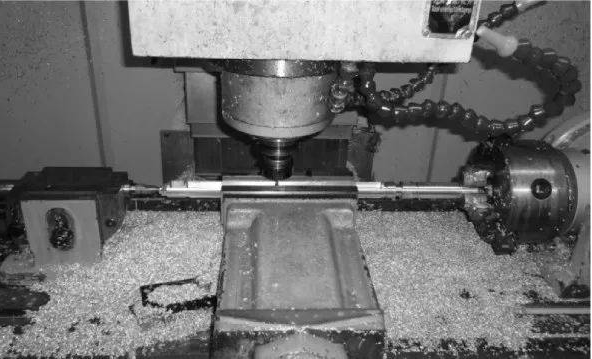
What challenges will we encounter in the process of machining Thin-Wall Aluminium Alloy Parts
Challenge 1: Vibration and Chatter
When machining thin-wall aluminum alloy parts, the inherent lightweight nature of these components makes them susceptible to vibrations and milling cutter teeth chatter caused by cutting forces. These vibrations can adversely affect the machined surface, including rough surface finishes, dimensional inaccuracies, and premature tool wear. Additionally, excessive machining distortion and milling cutter chatter can lead to noise and discomfort in the work environment.
Solution:
Tool Selection: Opt for higher rigidity and stability cutting tools, addressing residual stresses and machining process requirements. Proper tool geometry, such as helix and rake angles, should match the specific machining requirements.
Cutting Parameters: Fine-tune cutting parameters, including cutting speeds, feed rates, and depths of cut, to minimize the impact of cutting forces and residual stresses. Experiment with different parameter combinations to find the optimal settings.
Machine Setup: Ensure that the machining equipment is well-maintained and calibrated, considering the impact on residual stresses. Sturdy worktables and adequate machine rigidity are essential to dampen vibrations.
Damping Systems: Consider using damping systems, such as tuned mass dampers or vibration-absorbing materials, to reduce vibrations in both the workpiece and the machine tool, addressing residual stresses.
Chatter Detection: Implement real-time chatter detection systems that monitor machining conditions and provide immediate feedback, helping manage residual stresses and the machining process. This enables timely adjustments to mitigate chatter.
Consideration:
Balancing cutting speeds and feed rates is critical for chatter-free machining, considering both residual stresses and the machining process. The operator’s experience and judgment are crucial in fine-tuning these various machining operation parameters to match the specific workpiece and machine setup.
Challenge 2: Tool Selection
Considering both residual stresses and the machining process, the importance of proper tool selection cannot be overstated when machining thin-wall aluminum alloy parts. Due to the thin-walled nature of these components, choosing the wrong tools can lead to cutting difficulties, surface roughness, and premature tool wear.

Solution:
Tool Type: Choose cutting tools suitable for aluminum alloys, such as carbide or coated tools, considering their impact on residual stresses and the machining process. These tools typically offer better wear resistance and cutting performance.
Tool Geometry: The tool’s geometry, including rake angles, number of flutes, and tool shape, should be selected based on the requirements of the machining task, addressing both residual stresses and the machining process. Instruments with a higher number of flutes may be necessary for high-speed cutting.
Cooling System: Thin-wall aluminum alloy parts are susceptible to heat influence, so the design and use of a cooling system are critical. An efficient cooling system can enhance tool life and cutting quality, considering residual stresses and machining processes.
Cutting Parameters: Set appropriate cutting parameters, including cutting speed, feed rate, and depth of cut, based on the specifications of the chosen tool and material characteristics. The more significant cutting force during machine work will likely cause deterioration of parts and the spindle and tool’s durability, addressing both residual stresses and the machining process. A factor influencing the cutting force is the proportion of the depth of a cut. Reducing cutting tools may help prevent the formation and deformability of a part. However, processing efficiency will be diminished as the process efficiency increases.
Consideration:
Operators should regularly inspect and replace tools to ensure their performance, considering residual stresses and machining processes. Ensuring proper tool clamping and calibration is essential to prevent unstable cutting.
Challenge 3: Heat Management

Effective heat management is crucial when machining thin-wall aluminum alloy parts, considering both residual stresses and the machining process. The lightweight nature of these parts makes them prone to heat-induced issues such as thermal deformation, metallurgical changes, and poor surface quality.
Solution:
Coolant Selection: Choose an appropriate coolant with excellent cooling properties, considering its impact on residual stresses and the machining process. Water-soluble coolants are commonly used for aluminum alloys due to their efficient heat dissipation capabilities.
Coolant Flow and Pressure: Optimize the flow rate and pressure of the coolant to ensure adequate heat removal, considering both residual stresses and the machining process. Proper coolant distribution across the cutting zone is essential.
Tool Coatings: Consider using cutting tools with advanced coatings to reduce heat generation and friction during cutting, addressing both residual stresses and the machining process. These coatings can prolong tool life and improve surface finish.
Cutting Speed: Adjust the cutting speed to balance heat generation and material removal rate, considering both residual stresses and the machining process. Lower cutting speeds may reduce heat buildup.
Tool and Workpiece Temperature Monitoring: Implement temperature monitoring systems to keep track of tool and workpiece temperatures, considering both residual stresses and the machining process. This data can help identify overheating issues and guide adjustments.
Consideration: Proper heat management requires a combination of coolant selection, tool coatings, and monitoring systems, considering both residual stresses and the machining process. Regularly inspect tool conditions and adjust cutting parameters to prevent excessive heat buildup.
Challenge 4: Workholding
Workholding becomes critical when machining thin-wall aluminum alloy parts, considering both residual stresses and the machining process. These delicate components require secure clamping to prevent deformation, vibration, and surface quality issues.
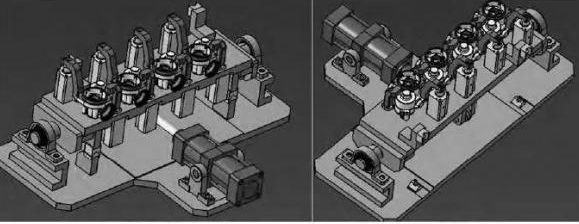
Solution:
Custom Fixtures: Design and use custom fixtures tailored to the specific geometry of the workpiece, considering both residual stresses and the machining process. These fixtures should provide secure clamping while minimizing contact with the thin walls.
Soft Jaws: Utilize soft or custom-made jaws with contoured surfaces that match the workpiece’s shape, considering both residual stresses and the machining process. Soft jaws distribute clamping forces more evenly and reduce the risk of marring the workpiece.
Vacuum Chucking: Explore vacuum chucking systems for work holding, especially for thin and flat parts, considering both residual stresses and the machining process. Vacuum chucks securely hold workpieces without the need for traditional clamps.
Magnetic Workholding: Magnetic chucks or tables can effectively secure ferrous thin-wall components, considering both residual stresses and the machining process. They offer strong holding force while avoiding physical contact.
Adjustable Clamping: Use clamping systems with adjustable pressure to fine-tune the clamping force according to the fragility of the workpiece, considering both residual stresses and the machining process.
Consideration: Workholding solutions should prioritize minimizing contact with the delicate, thin walls of aluminum alloy parts, considering both residual stresses and the machining process. Avoid excessive clamping pressure that could deform the workpiece or cause vibrations.
Challenge 5: Chip Control
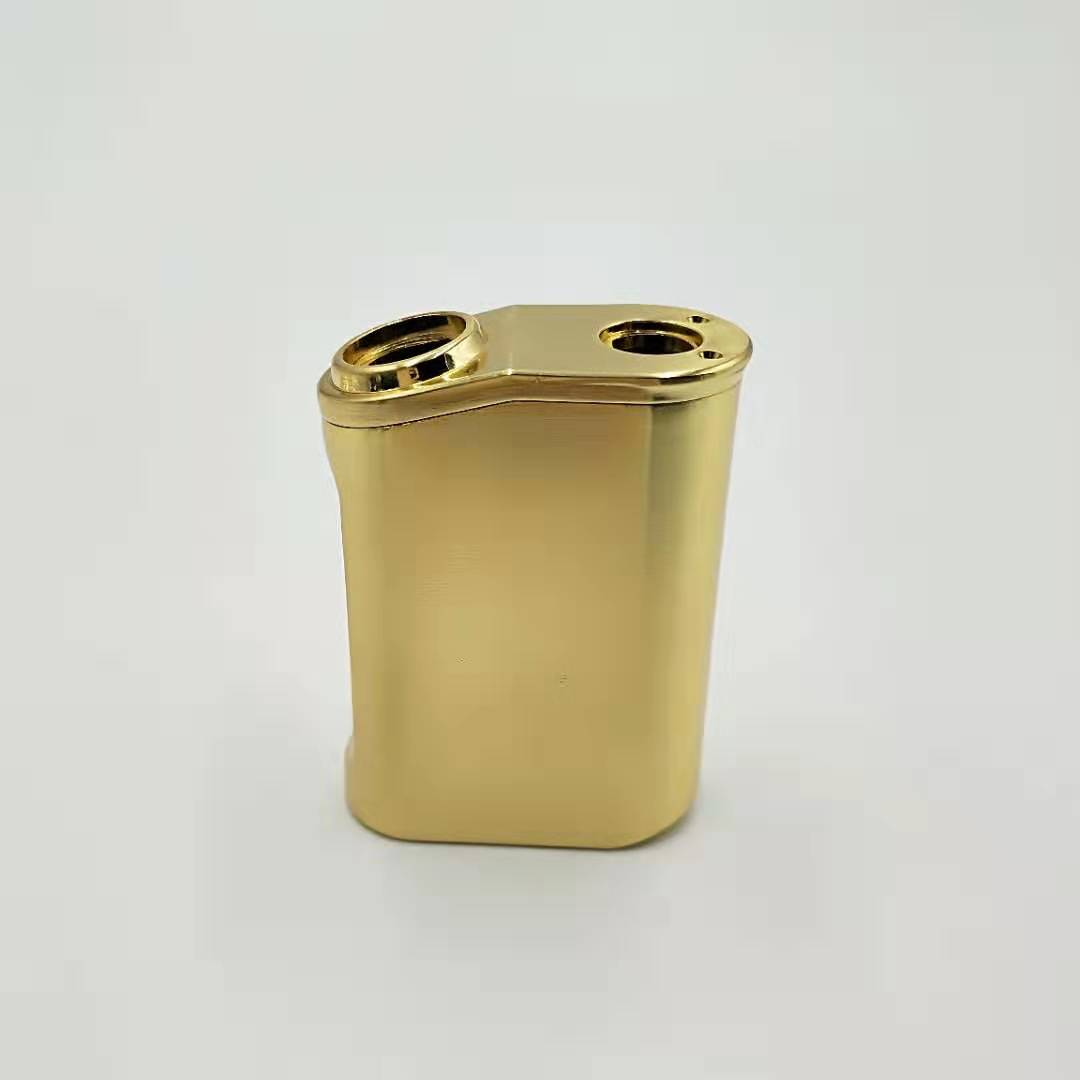
Managing chips generated while machining thin-wall aluminum alloy parts is a critical challenge, considering both residual stresses and the machining process. Inadequate chip control can lead to chip entanglement, tool wear, and surface defects.
Solution:
Proper Chip Formation: Adjust cutting parameters, including cutting speed and feed rate, to promote the formation of manageable chips, considering both residual stresses and the machining process. More minor, continuous chips are easier to control.
Chip Evacuation: Ensure efficient chip evacuation from the cutting zone, considering residual stresses and machining processes. Use appropriate chip conveyors, coolant systems, and brushes to prevent chips from interfering with machining.
Tool Geometry: Choose cutting tools with appropriate chip breaker designs, considering residual stresses and machining processes. These tools can help break and control the chips as they are produced.
Coolant Management: Optimize coolant flow to assist in chip flushing and cooling, considering residual stresses and the machining process. Proper coolant application can help prevent chip buildup and aid in chip evacuation.
Chip Monitoring: Implement chip monitoring systems to detect real-time chip-related issues, considering residual stresses and the machining process. These systems can trigger alarms or automatic adjustments to mitigate chip-related challenges.
Consideration: Effective chip control prevents chip-induced problems, including tool wear and surface defects, considering both residual stresses and the machining process. Regularly inspect and maintain chip management systems to ensure their continued effectiveness.
Challenge 6: Tool Wear and Tool Life
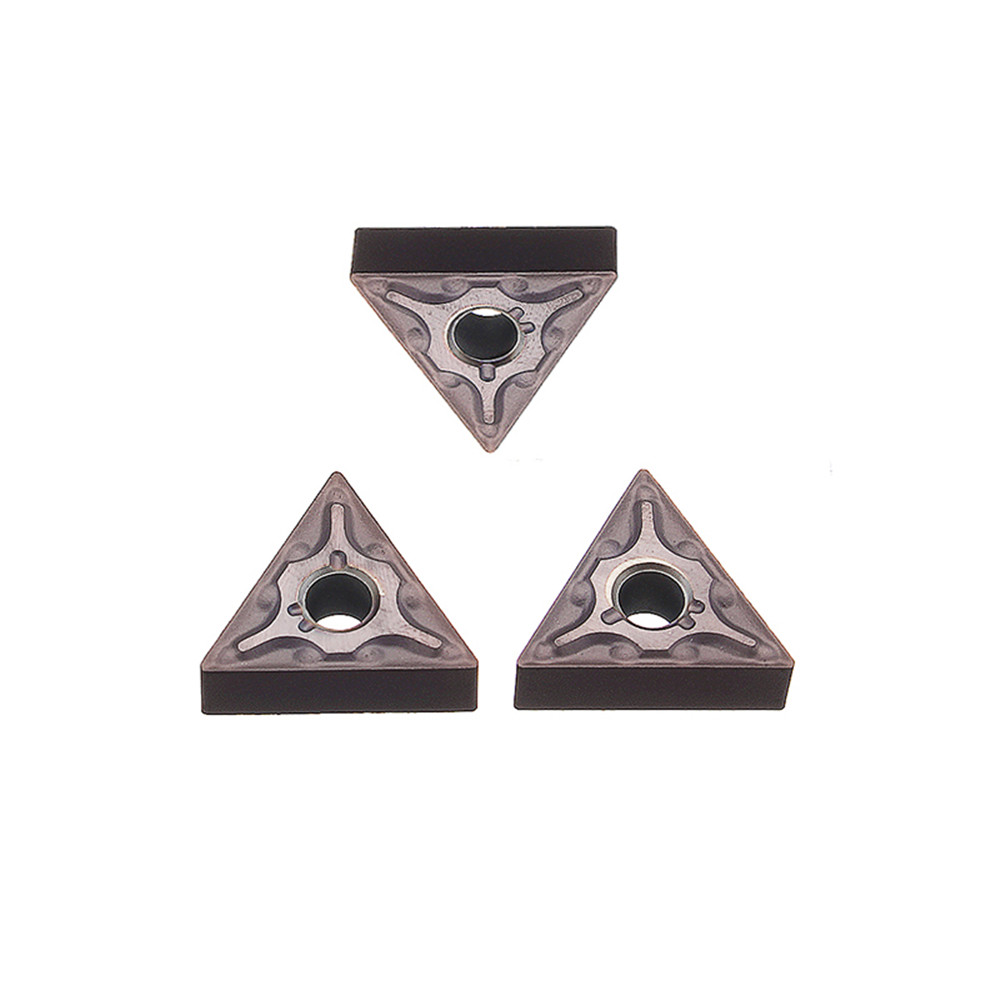
Tool wear and tool life are significant concerns when machining thin-wall aluminum alloy parts, considering both residual stresses and the machining process. The delicate nature of these thin-walled parts often makes tool wear more pronounced and affects overall machining efficiency.
Solution:
Tool Coatings: Use cutting tools with advanced coatings to reduce friction and wear, considering residual stresses and the machining process. TiAlN (Titanium Aluminum Nitride) and TiN (Titanium Nitride) coatings are common choices for aluminum alloys.
Proper Cutting Parameters: Optimize cutting parameters, including cutting speed, feed rate, and depth of cut, to minimize tool wear, considering both residual stresses and the machining process. Balance these parameters for efficient material removal without excessive tool stress.
Frequent Inspection: Inspect cutting tools for signs of wear, such as edge chipping or dullness, considering residual stresses and the machining process. Replace worn tools promptly to maintain quality and prevent potential workpiece damage.
Coolant Application: Ensure efficient coolant flow and application to the cutting zone, considering residual stresses and machining processes. Coolant helps dissipate heat and reduces friction, which can extend tool life.
Tool Quality: Invest in high-quality cutting tools known for their durability and performance in aluminum alloy machining, considering both residual stresses and the machining process.
Tool Monitoring: Implement tool condition monitoring systems to detect tool wear, considering residual stresses and the machining process. Provide alerts for timely tool changes.
Consideration: For consistent rough machining and results, managing tool wear and extending tool life is essential, considering both residual stresses and the machining process. Regular tool maintenance and appropriate coatings can help mitigate the impact of tool wear and rough machining.
Challenge 7: Quality Assurance
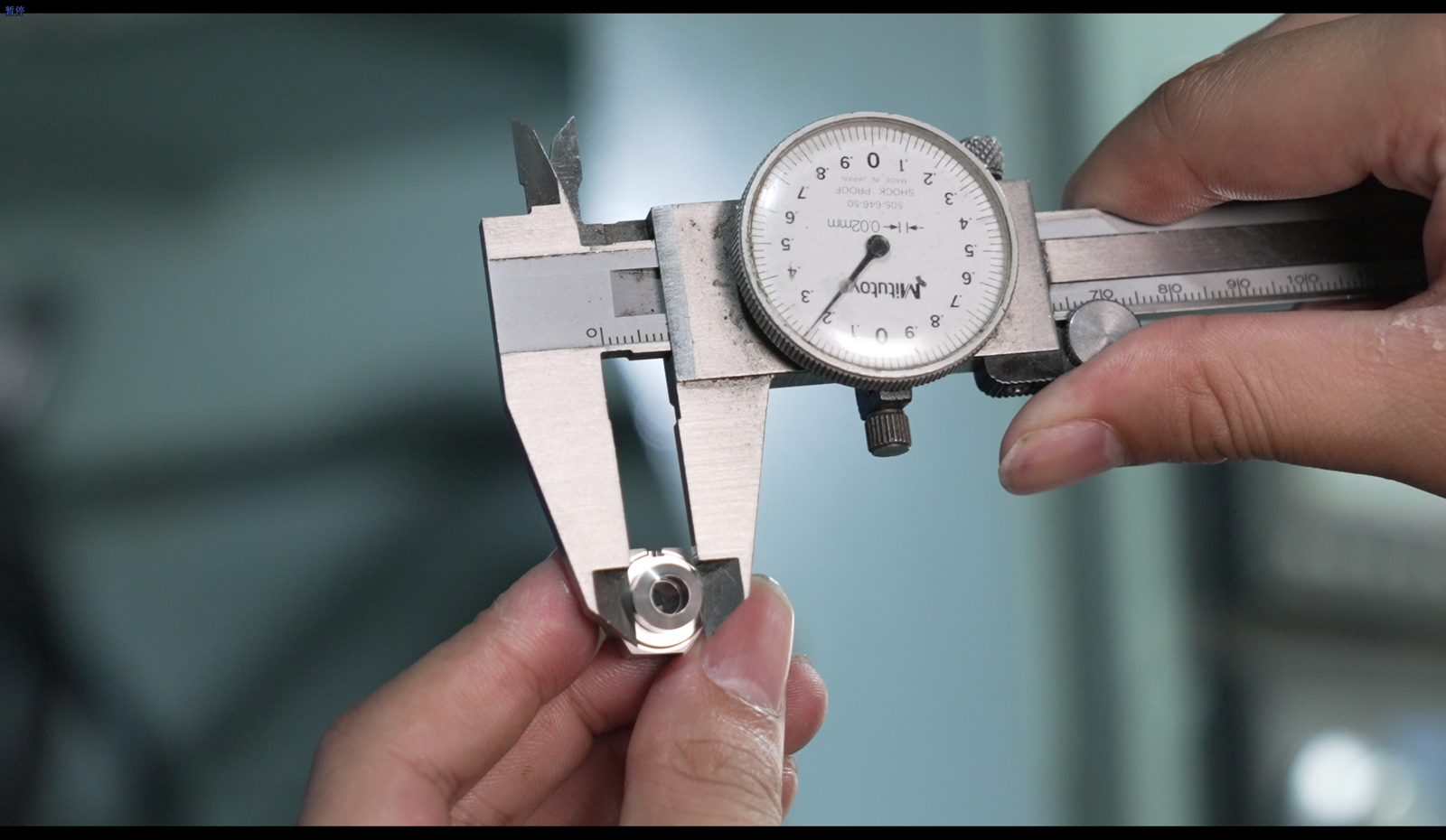
Ensuring consistent quality in machining thin-wall aluminum alloy parts can be challenging due to their delicate nature and mechanical properties, considering both residual stresses and the machining process. Maintaining precise dimensions and surface finish is vital.
Solution:
Precision Machining: Employ high-precision techniques and equipment to achieve tight tolerances and excellent surface finish, considering residual stresses and the machining process. Ensure that machines are properly calibrated.
Measurement and Inspection: Implement rigorous measurement and inspection processes, considering residual stresses and machining processes. Use coordinate measuring machines (CMMs) or other inspection tools to verify part dimensions and machined surface quality.
Tool Management: Maintain strict tool management practices, including calibration and replacement schedules, considering residual stresses and machining processes. Ensure that cutting tools are always in optimal condition.
Workpiece Stability: Secure workpieces with precision workholding solutions to prevent vibration, distortion, or movement during machining, considering both residual stresses and the machining process.
Coolant Control: Monitor and control coolant properties and flow to prevent contamination and ensure consistent cooling and lubrication, considering both residual stresses and the machining process.
Quality Documentation: Maintain comprehensive documentation of machining processes, including tooling, machining parameters, and inspection results, considering both residual stresses and the machining process. This helps track quality and identify areas for improvement.
Consideration: Quality assurance in the milling process of machining thin-wall aluminum alloy parts demands attention to detail and consistency, considering both residual stresses and the machining process. Regular audits and process reviews can help identify and rectify potential quality issues.
Common machining ways
Stratified multiple machining
If a cavity is on aluminum-plated plates, multiple cavity walls are likely tangled by this uneven force. The easiest solution would be to utilize layered processing methods, considering both residual stresses and the machining process. The component can also be divided into layers processed according to the required sizes. The force on a part is uniform, and the probability of deformities is lower.
Symmetrical machining
Considering both residual stresses and the machining process, machining aluminum alloy components with high processing capacities and excessively high temperatures could be avoided by increasing heat dissipation and decreasing thermal deformations. A technique for symmetry processes is available. Imagine that 90 mm of aluminum is required and milled into 60 mm thick. The continuous processing allowance may be significant if a machining part is turned to the opposite side and the miller has to work similarly.
Conclusion
The thin Wall Machining of aluminum alloy parts demands a deep understanding of material properties and precise machining strategies, considering both residual stresses and the intricacies of the machining process. Addressing vibration, tool selection, heat management, work holding, chip control, tool wear, and quality assurance challenges is crucial for achieving accurate and high-quality results. As industries increasingly seek lightweight and high-performance components, overcoming these challenges becomes essential in meeting these demands across various sectors, from aerospace to automotive.
